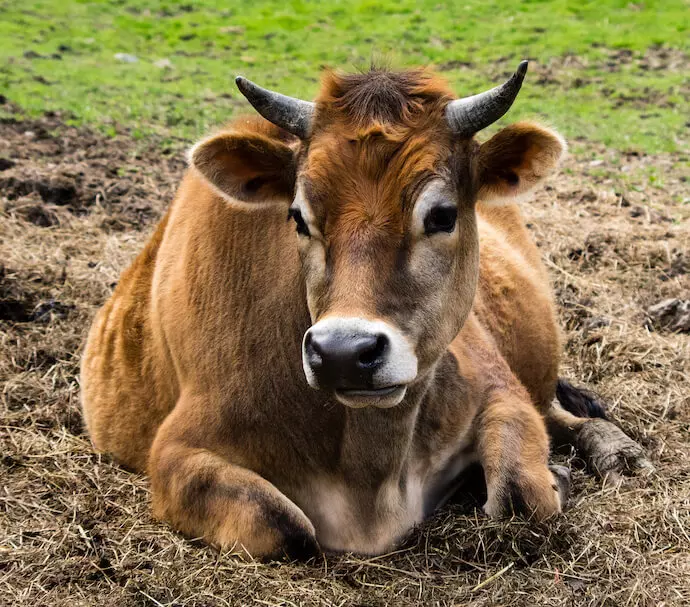Making Friends with Fermented Foods
By Chef Sara
Fermented foods may seem like a health fad, but humans have been intentionally fermenting foods since at least 7000 BC – so I think it’s safe to say fermentation is here to stay! Our ancestors figured out how to harness the transformational power of bacteria, yeast, and microbes to make foods that taste delicious, last longer in the pantry, and have powerful health benefits, too. That’s something to celebrate! Many foods we enjoy on a daily basis are fermented, including coffee, tea, bread, beer, and wine. But in this article, I’ll be focusing on live-culture fermented foods, which haven’t been pasteurized and still contain high amounts of beneficial bacteria.“Wait – did you say bacteria?”
Yep! Unlike the strains of bacteria that cause illness, the beneficial bacteria found in fermented foods nourish and protect the body. When eaten, some of this bacteria takes up residence in the gut, leading to a gradual repopulating of the gut flora. Regular consumption of live-culture fermented will give your gut a steady dose of what I like to call the “bacteria good-guys”.The beneficial bacteria found in live-culture fermented foods help us by:
#1. Aiding digestion. It’s never pleasant to experience indigestion, heartburn, bloating, or other signs of digestive distress. A healthy gut can help minimize these symptoms, making mealtime a pleasure again. #2. Improving bowel health. In addition to eating a mostly whole foods, plant-based diet that’s naturally high in fiber, the bacteria in live-culture foods can help keep things moving down below. #3. Increasing the nutrients we absorb from the food we eat. Eating a variety of healthy foods is well and good, but if the nutrients in those foods aren’t being properly absorbed by our bodies, we aren’t getting the full benefits. Consuming live-culture fermented foods strengthens our digestive enzymes, which help by breaking down foods and increasing their nutrient absorption. Think of it as helping you get the most nutrition from your food dollars. #4. Boosting our immune systems. Think of the gut as a battlefield with two sides: the good bacteria and the not-so-good bacteria. By consuming more live-culture fermented foods and building up your good bacteria troops, your body will be better equipped to fend off illness. I don’t know about you, but that’s music to my ears!The question is – what are the best live-culture fermented foods to add to your diet?
Here are a few of my favorites! #1. Sauerkraut. This tangy, fermented cabbage is a classic. Add a dollop to your favorite soup or stew, or simply enjoy a small portion with one meal a day to reap the benefits. As with all the foods on this list, look for sauerkraut that’s refrigerated, not canned, so you ensure you’re getting a live-culture product. Feeling like getting creative in the kitchen? You can easily make your own sauerkraut, which is fun and economical. #2. Kimchi. Sauerkraut’s spicy Korean cousin adds a burst of flavor and nutrition to your favorite stir-fry. And if you’re enjoying a meal that’s tasty but a bit on the bland side, a bite or two of kimchi will perk your tastebuds right up! (Note: some kimchi contains fish sauce and therefore isn’t vegan, so check the label before purchasing.) #3. Pickles. Look for live-culture pickles in the refrigerated section of your local health food store, not in the center aisles at the grocery store: the pickles there are certainly tasty, but have unfortunately been treated with heat to make them shelf stable, killing off the beneficial bacteria. Eat them as-is, chop them up to add to salads, and try one of my favorite tricks: add a little pickle juice to a bowlful of soup or stew for extra flavor and nutrition. And if you’re feeling daring, drink some pickle juice straight-up for an invigorating pick-me-up! #4. Kombucha. This tangy tonic made from fermented sweet tea is rich in probiotic bacteria and darn tasty, too. There are lots of great flavors to try: opt for lower-sugar varieties if you can. And if you’re the DIY type, you can easily make your own kombucha with a few simple kitchen tools. #5. Vegan yogurts. Dairy-based yogurt companies may do most of the advertising, but they’re not the only yogurts out there! Try some of the delicious dairy-free yogurts made from coconut, almonds, and cashews for a sweet, gut-healthy treat. I hope this article has inspired and empowered you to add more live-culture fermented foods to your diet. Please share your favorites in the comments below! [Photo by Nadine Primeau on Unsplash]Comments are closed.






Great article Sarah. At first when I followed the link I was hoping for a cooking class. This would be a good subject to demonstrate in a class. I would sign up. Look forward to seeing you this summer as I tour as a guest!
Thanks for commenting, Jay! Ooh, a fermentation class would be a lot of fun: great suggestion. Looking forward to seeing you on a tour this summer!
I am glad to be one of many visitants on this outstanding site
(:, thank you for posting.
Thank you much for reading, Christy!
Nice post 🙂
Thank you!